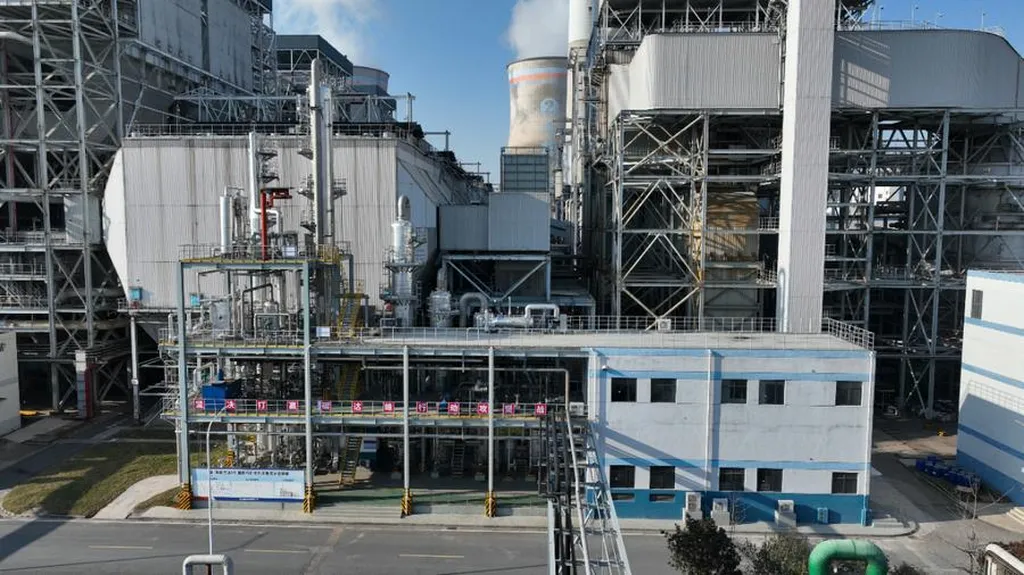In the heart of China’s Zhejiang province, a team of researchers and engineers has developed a groundbreaking method to enhance the detection of karst formations, a critical challenge for infrastructure and energy projects. Led by JIN Tao of the Quzhou Power Supply Company and GAO Bin from Shanghai Jiao Tong University, this innovative approach promises to revolutionize how we explore and understand complex geological structures.
Karst formations, characterized by their soluble rocks and distinctive landforms, pose significant risks to construction projects. Traditional surface wave methods, while useful, often fall short in providing the detailed and accurate data required for large-scale infrastructure developments in karst-prone areas. Enter the high-density pseudo-source surface wave method, a novel technique that significantly improves the efficiency and accuracy of karst detection.
The team’s research, published in the Shanghai Jiaotong Daxue xuebao (Journal of Shanghai Jiaotong University), introduces a workflow that combines high-density data acquisition with advanced inversion analysis. “By collecting multiple measurements at the same location with different pseudo-sources, we can enhance the efficiency and utilization of the detection process,” explains JIN Tao. This method not only speeds up the data collection process but also provides a more comprehensive understanding of the subsurface structures.
The implications for the energy sector are profound. Accurate detection of karst formations is crucial for the safe and efficient construction of power supply infrastructure. “Our method offers a significant improvement in karst detection, which is essential for ensuring the stability and safety of large-scale infrastructure projects,” says GAO Bin. This advancement could lead to more reliable and cost-effective energy projects, reducing the risks associated with karst-related hazards.
The research team validated their approach through numerical simulations and field applications, demonstrating a strong correlation between the results obtained from the high-density pseudo-source surface wave method and those from traditional drilling exploration. This correlation highlights the potential of the new method to become a standard tool in geological surveys and infrastructure planning.
As the energy sector continues to expand into complex geological terrains, the need for advanced detection methods becomes increasingly critical. The high-density pseudo-source surface wave method represents a significant step forward in this field, offering a more efficient and accurate way to explore and understand the subsurface. With further development and application, this technique could shape the future of infrastructure construction, ensuring safer and more reliable projects in karst-prone areas.
In the words of WANG Qiangqiang, another key member of the research team, “This method not only enhances our ability to detect karst formations but also provides valuable insights for the rapid and accurate detection of other geological structures.” The potential applications of this research extend beyond the energy sector, offering benefits for various industries that rely on precise geological data.
As the world continues to push the boundaries of infrastructure development, the high-density pseudo-source surface wave method stands as a testament to the power of innovation and collaboration. By bringing together experts from different fields, this research paves the way for a future where advanced technologies and scientific breakthroughs drive progress and ensure the safety and efficiency of our infrastructure.

